Affiliate links on Android Authority may earn us a commission. Learn more.
What to expect from smartphone cameras in 2022
January 2, 2022
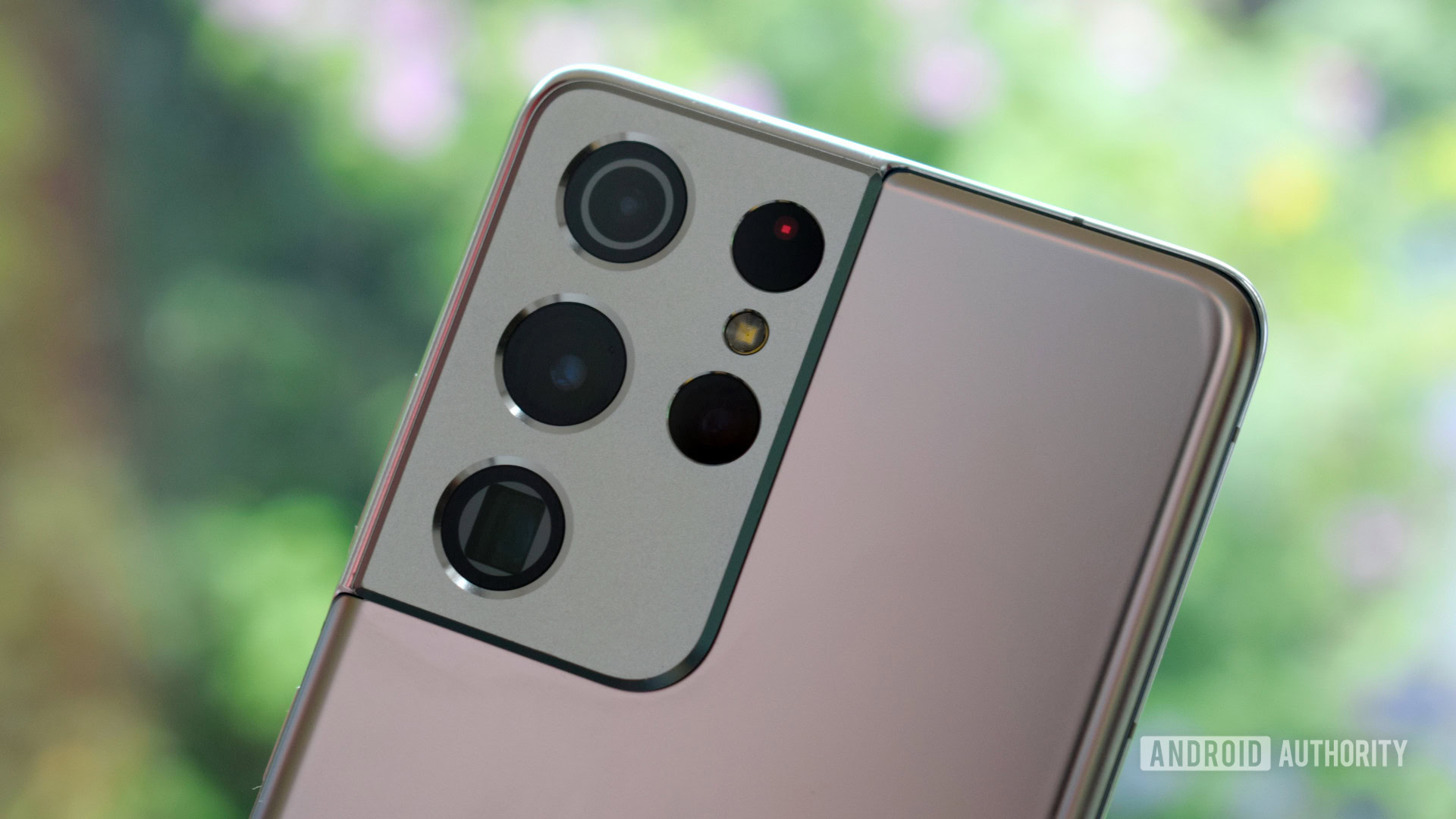
2021 is over, and it was an interesting year for camera phones. We saw mid-range devices embracing features like 108MP cameras and astrophotography modes, flagship phones putting ultrawide cameras on almost equal footing with primary lenses, and more camera industry brands teaming up with manufacturers. Even Google updated its hardware with the Pixel 6 series after years of 12MP sensors.
With all of this in mind, what does 2022 mean for mobile cameras? We take a look at a few potential smartphone camera trends to expect in the year ahead.
Under-display cameras get a boost
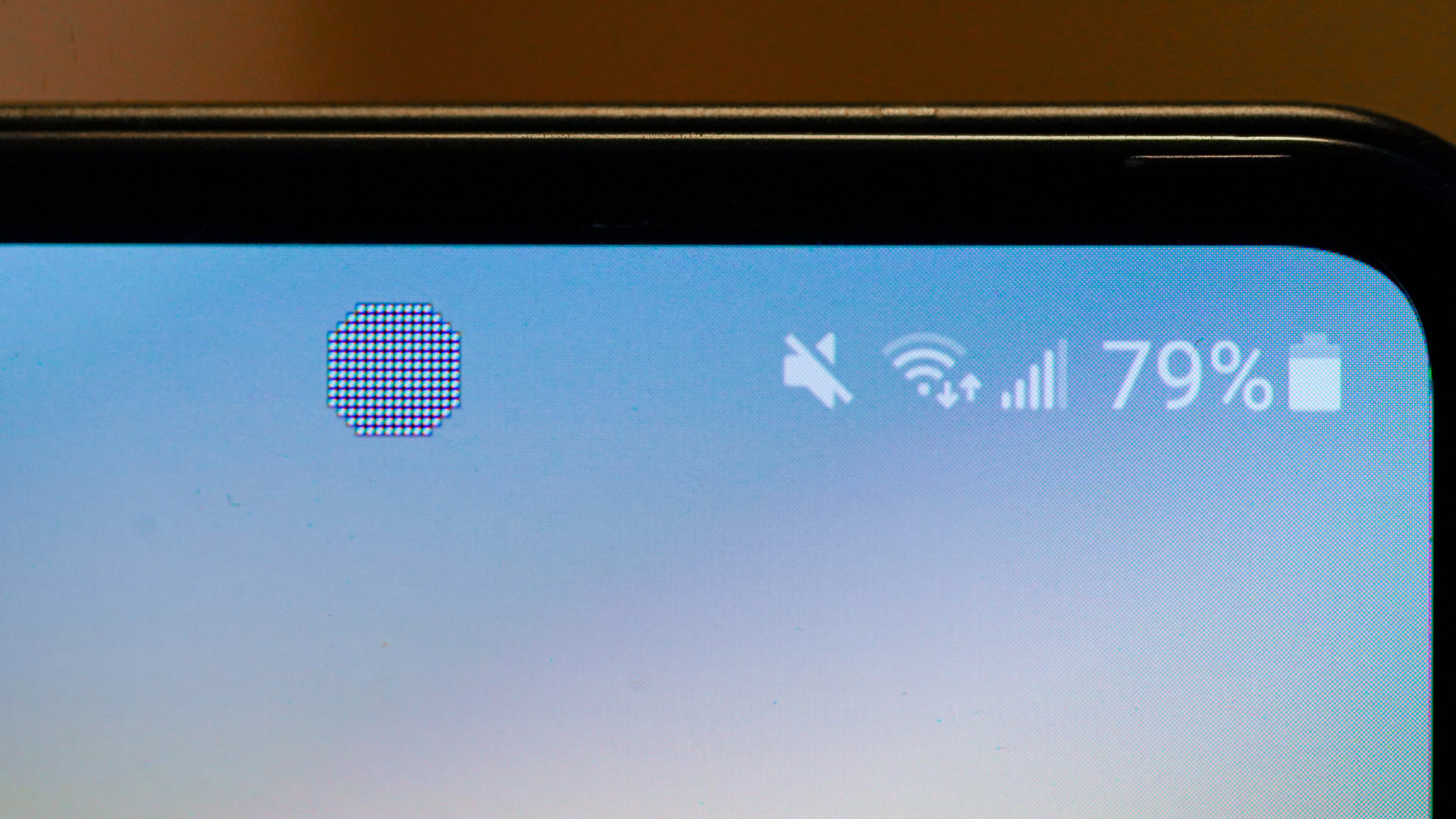
We saw the first commercially available phone with an under-display selfie camera launch in 2020 thanks to ZTE, but in 2021 several more phones joined the fray. Xiaomi’s Mix 4 and the Samsung Galaxy Z Fold 3 both offered under-display shooters, while ZTE brought its second-generation Axon 30 series.
The issue with these cameras is that they’re pretty bad in anything other than broad daylight. And even here, the difference in quality between these cameras and traditional front-facing shooters is noticeable. We also get haziness in the display area above the camera on the Galaxy Z Fold 3, so it’s not exactly seamless.
Nevertheless, we’re expecting under-display cameras to get much better in 2022, as some of the big-name manufacturers got to grips with the tech in 2021 and are no doubt improving the hardware and algorithms for new generation efforts. We wouldn’t bet on all the major flagships having this feature though.
Cinematic mode comes to Android
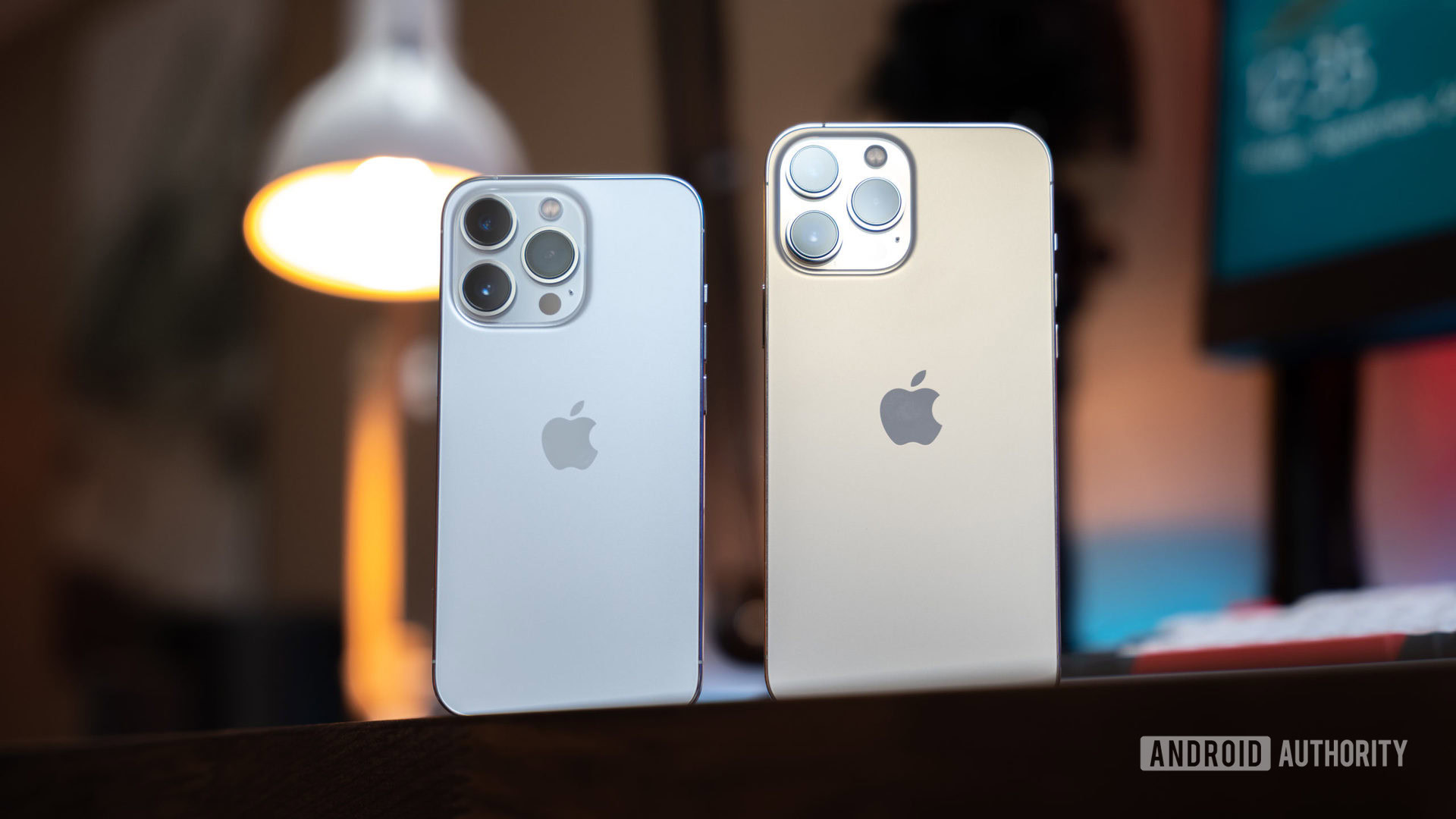
One of the big selling points of the iPhone 13 series is Cinematic Mode, which is effectively a smarter portrait video mode. Sure, portrait video isn’t new, as we’ve seen HUAWEI and Samsung offer this option already. But Apple’s take includes automatically focusing on a subject when their face is detected, tracking subjects, and more.
We have no doubt that some Android OEMs will copy Apple’s take on Cinematic Mode. But will everyone have Cinematic Mode by 2023? That’s far from guaranteed. After all, several brands copied 3D Touch, and we know how that eventually turned out.
We’ll see RGBW cameras again
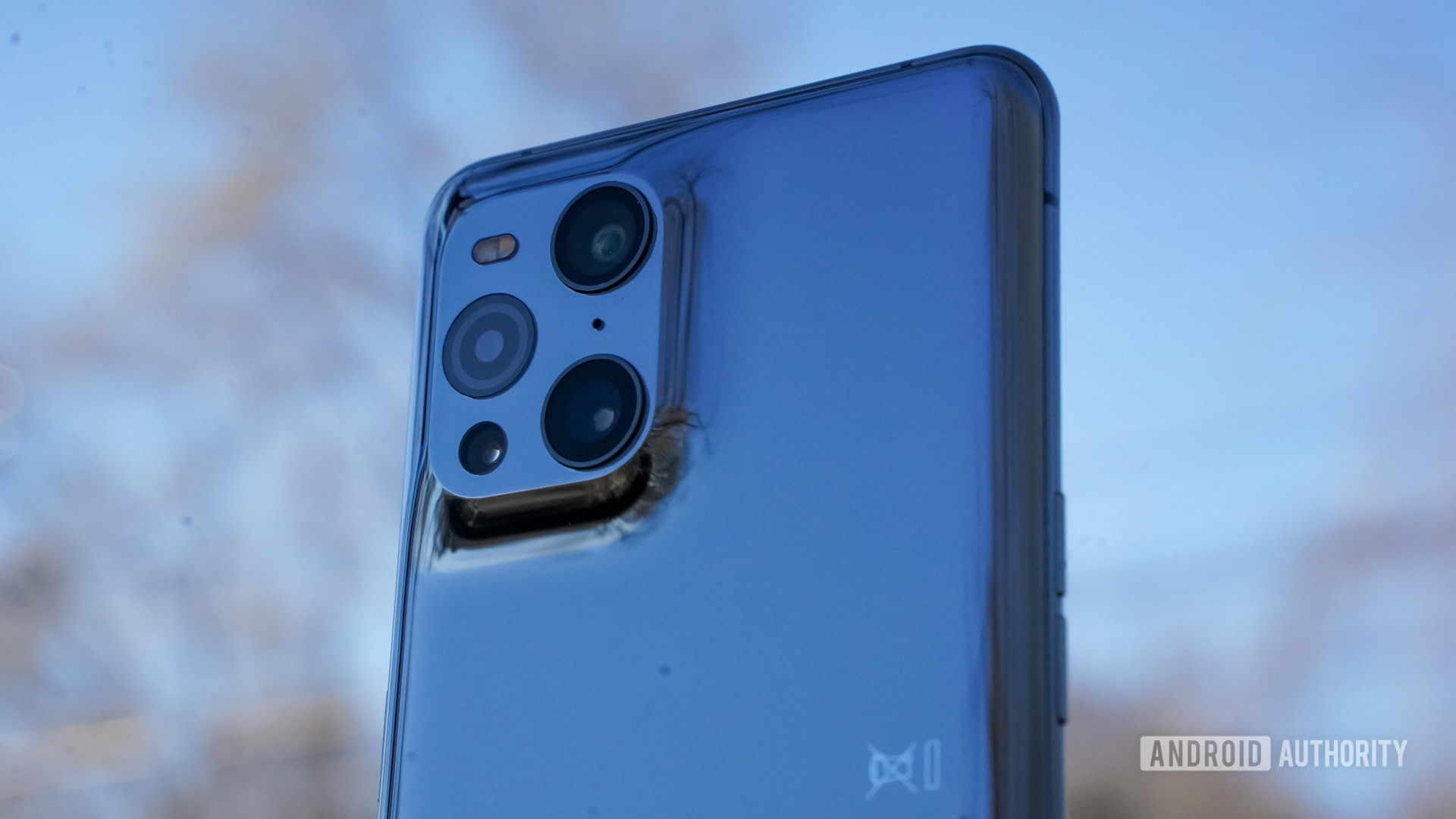
We first saw RGBW camera sensors coming to smartphones in 2015 when HUAWEI launched the P8. OPPO also followed up with phones containing these sensors in 2015 and 2018. Conventional camera sensors have color filters containing red, green, and blue subpixels. But RGBW sensors add white subpixels to the mix, promising better light intake and less noise.
Learn more: Photography terms explained — ISO, aperture, shutter speed, and more
It looks like this tech could be resurrected in 2022, as both OPPO and vivo have announced their own RGBW camera sensors for future devices. In fact, OPPO says it’ll launch a commercial device with an RGBW sensor in Q4 2021. Meanwhile, vivo said back in 2020 that its first devices with RGBW sensors would launch in 2021, adding that it offers better image quality than RYYB sensors from the likes of HUAWEI. In saying so, it’s unclear if the firm actually achieved this deadline.
There have also been rumors that the Galaxy S22 series could gain 50MP RGBW camera sensors this year. Even if this S22 claim doesn’t pan out, it looks like RGBW sensors will definitely be one of several smartphone camera trends in 2022.
Stabilization to take a step up
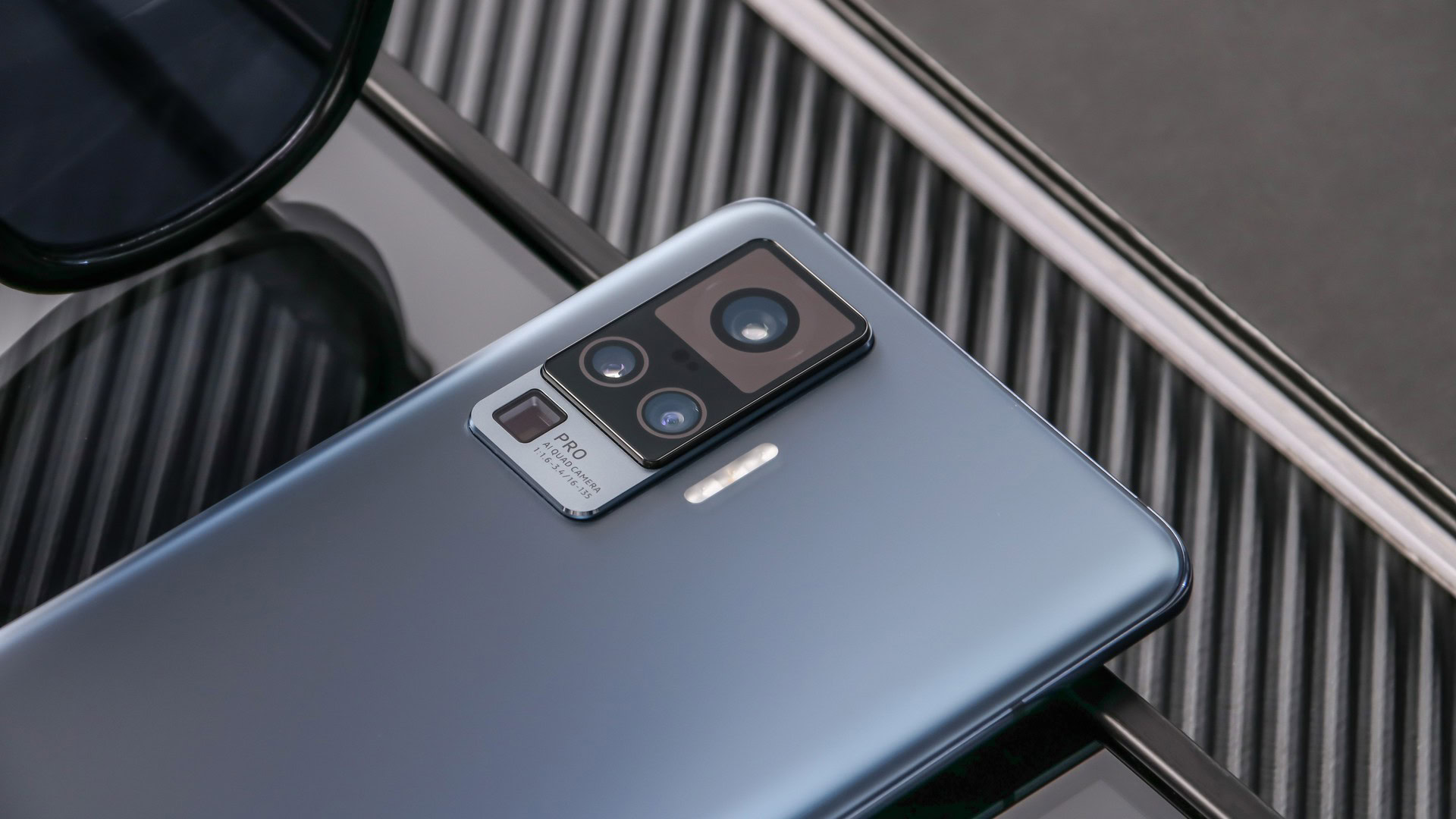
Optical image stabilization (OIS) has been a must-have on higher-end smartphones for years now, dating back to devices like the Nokia Lumia 920. But we’ve seen several companies take things even further in recent years, such as vivo with its micro-gimbal stabilization tech and Apple with sensor-shift stabilization.
vivo is expected to continue the micro-gimbal push in 2022, while Samsung is tipped to bring OIS to its mid-range Galaxy A series. OPPO also demonstrated its so-called five-axis OIS tech earlier in 2021, saying it would debut in Q1 2022. In other words, it looks like better stabilization, especially in more affordable phones, could be another big trend this year.
Variable telephoto to be more popular?
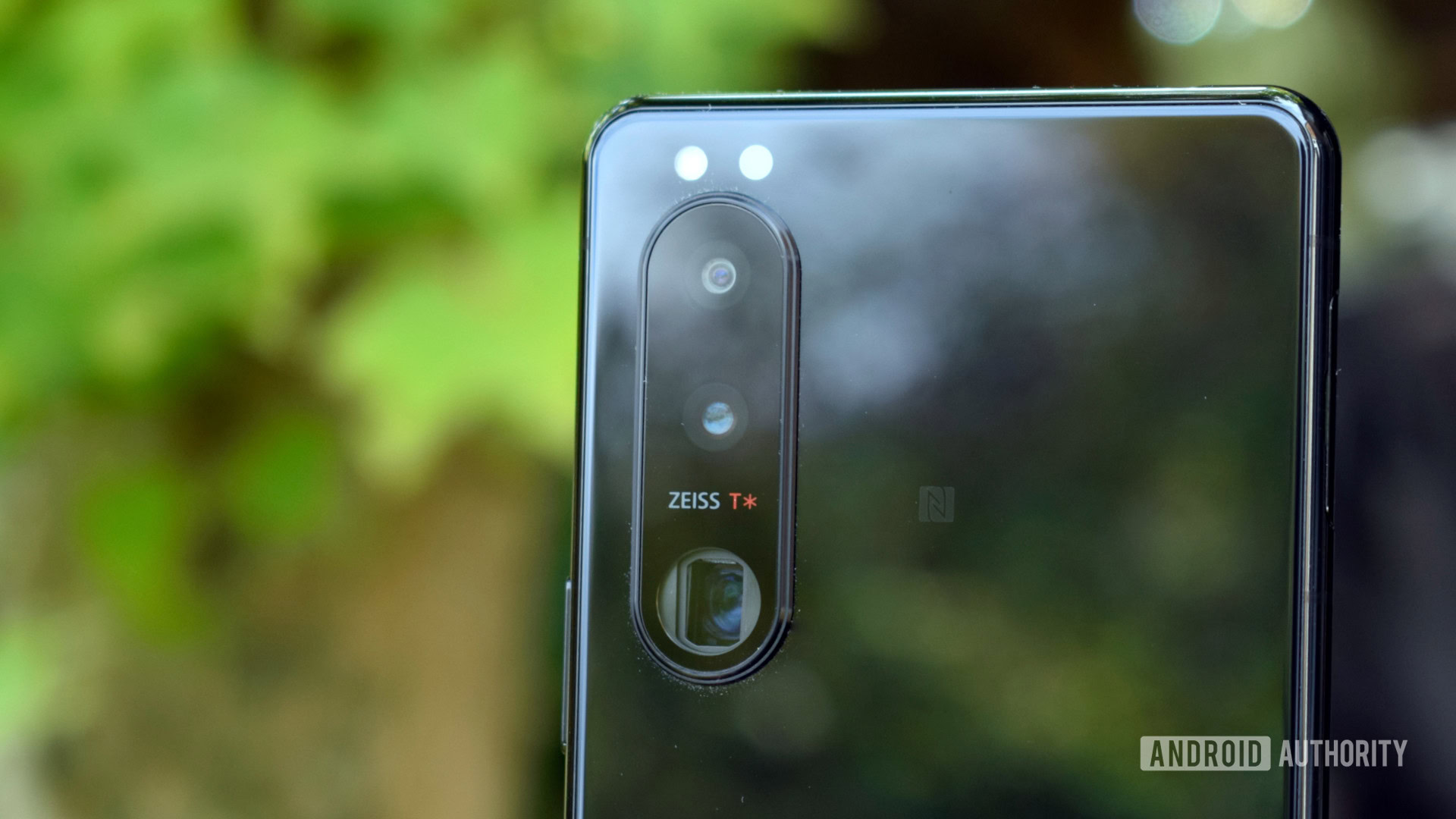
Sony had one of the more notable technical achievements in 2021 when it launched phones with variable telephoto cameras. The feature, found on the Xperia 1 III and 5 III, shows that you don’t necessarily need two separate telephoto cameras if you want great zoom performance.
Typical telephoto and periscope cameras shoot at a fixed zoom factor, with everything in between being hybrid zoom assisted by software. Sony went one better though, featuring a telephoto camera capable of natively shooting at 2.9x and 4.4x for the best quality (although Sony’s implementation wasn’t perfect).
The downside to this solution is that it still relies on hybrid zoom for interstitial zoom factors, but it makes for a higher quality, more flexible zoom experience on paper than relying on one telephoto or periscope camera.
Related: Camera zoom explained — how optical, digital, and hybrid zoom work
We’re hoping Sony continues to refine this tech in 2022, but we also know that OPPO is upping the ante with its own zoom tech. The firm announced a continuous optical zoom module earlier in 2021, capable of smoothly moving and shooting at any point between ~3.3x and ~7x. We’re not sure when this will launch, but it stands to reason that a 2022 appearance might be in the works.
Better 8K video

8K video recording first came to phones in 2019, when the REDMAGIC 3 offered pretty disappointing 8K/15fps capabilities. Thankfully, 2020 saw a huge improvement thanks to the Snapdragon 865 series of chipsets, offering native 8K/30fps support. This trend has only continued in 2021, as many flagship phones tout 8K support.
We’re expecting 8K video recording to gain a quality boost in 2022. It’s probably a little too early for 8K/60fps capabilities, but the new Snapdragon 8 Gen 1 chipset indeed supports 8K HDR for improved picture quality.
Custom imaging chips
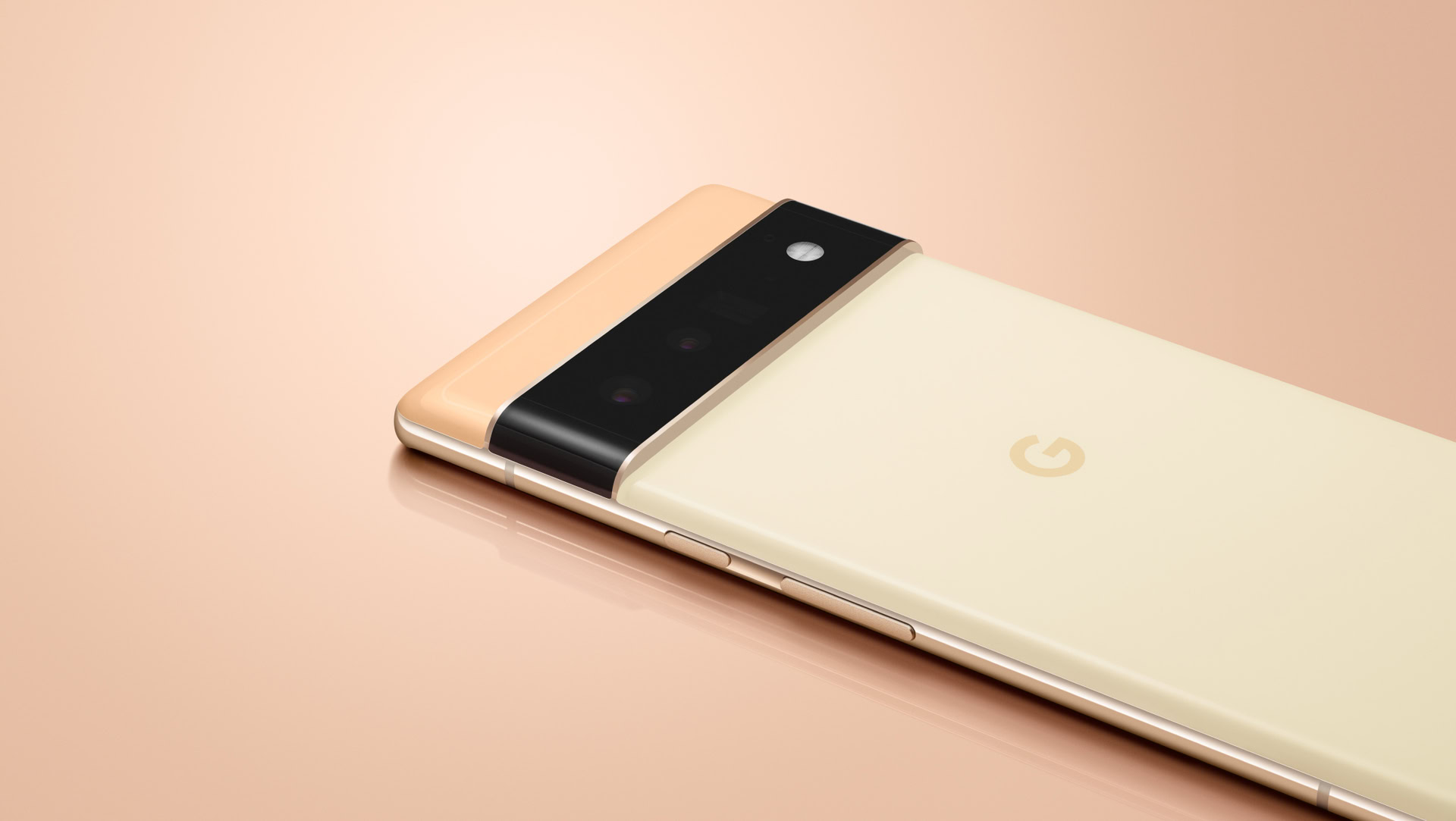
Smartphones typically rely on an image signal processor (ISP) within their phone’s chipset to process pictures. For example, phones using Snapdragon chipsets generally use the Spectra ISP. But we’ve also seen a trend in 2021 for brands to use their own custom ISP instead.
The Xiaomi Mix Fold, vivo X70 Pro Plus, and OPPO Find N all use their own ISPs instead of the Snapdragon imaging chip. In Xiaomi’s case, it claimed that the custom chip delivered better low-light shots, improved autofocus, and better auto white-balance and auto-exposure. Meanwhile, vivo said its in-house ISP offered reduced noise, better power efficiency, and MEMC frame interpolation.
More coverage: Why custom imaging chips are the next mobile photography battleground
It’s not the first time we’ve seen companies offering custom imaging chips, as Google’s flagships from 2017 onwards have offered custom imaging silicon too. And the firm stepped up its game in this regard with the Pixel 6 series. So we wouldn’t be surprised if Google, OPPO, vivo, Xiaomi, and perhaps more brands continue this smartphone camera trend in 2022.
The return of object erasing
Google’s Pixel 6 series is also bringing a host of interesting camera features to the table, but it’s the Magic Eraser mode that finds its way onto our list. Yes, Google is joining Samsung and HUAWEI in offering an object erasing mode, allowing you to remove photobombers or specific items in a scene. Oddly enough, Google actually first demonstrated a take on this feature back in 2015, so it’s been a long time coming.
It’s a decent bet that Google’s decision to include this feature could push companies like Xiaomi, OPPO, and OnePlus to implement their own object eraser mode in 2022. After all, Google offered an astrophotography mode in 2019 that’s since been copied by the likes of realme and vivo. Then again, the company offered a Cinematic Pan mode last year that hasn’t been copied by anyone.
The Pixel 6 phones also offer Motion Mode and Face Unblur functionality, adding motion blur to images and deblurring faces respectively. So we could see rival brands adopting these features too.
That’s it for our look at potential smartphone camera trends in 2022. Are there any potential trends we missed? Let us know in the comments section below.
